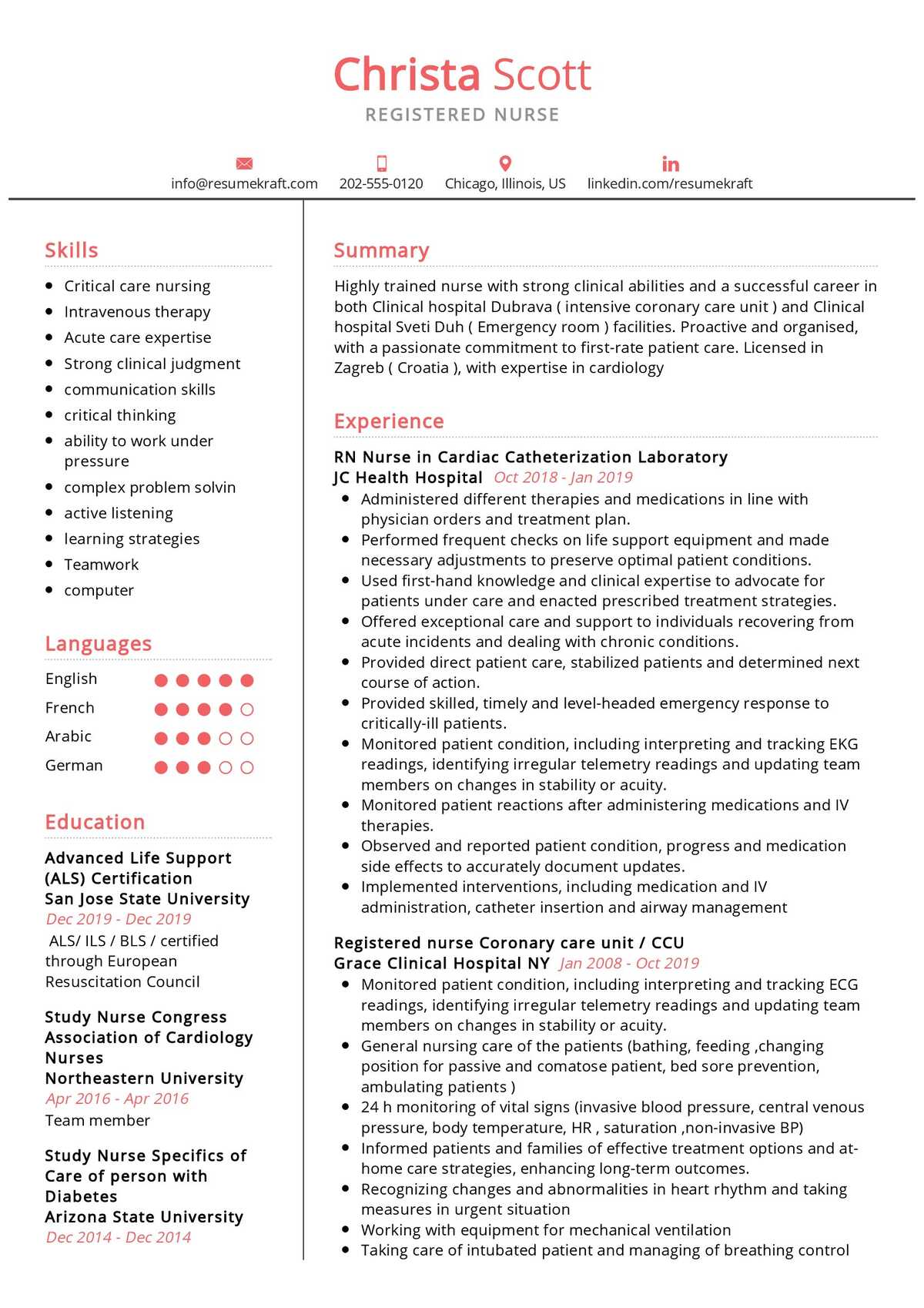

On the other hand, all kinds of remote communication are passive to an extent, regarding how our brains act in them. And, when it comes to in-person communication, our mind can actively work on that, assembling a picture and successfully interpreting it. How the other person reacts with their environmentĬommunication is not simply about words.That’s because active communication involves our brain picking up on various bits of information in real-time, such as: In his view, the only type of communication that is completely active is in-person communication. In an episode of The Suite Spot podcast, co-host Howard Holton, former CTO of Public Safety and Compliance for Hitachi Vantara, explores the difference between active and passive communication in terms of how our brains process information. What is the main difference between passive and active communication? In conclusion, active communication takes initiative, will, and intention. Spreading the good word about the company externally and internally.Informing management about potential problems.Proactively searching for information on company values and strategies.Negotiating with the purpose of achieving mutual understanding.Actively seeking, using, and sharing knowledge and information.Some of the behaviors she considers active communication in the workplace include: However, those who do use it, hint at its importance in life and work.įor example, in her paper Promoting active communication behaviours through internal communication, Alessandra Mazzei explores the role of active communication in the overall success of a company. They also use all the available communication tools in their arsenal to successfully relay their message.ĭespite it being a rather straightforward concept, the term “active communication” is not so widely used. This means they use all their senses to explore the communication context, implications, audience, intentions, and more. And, when they find themselves part of one, active communicators are fully engaged in the process. In this process, both (or all) sides ardently work on both understanding their interlocutor and getting their message across in the best and most effective way.Īctive communicators don’t just let communication situations happen to them. In simple terms, active communication is a highly involved, dynamic communication process in which the participants strive to achieve peak mutual understanding. Wrapping up: Only active communication is true communication.
#ACTIVE LISTENING EXAMPLES HOW TO#
4️⃣ Learn how to use probes and questions.2️⃣ Develop the right attitudes for active communication.1️⃣ Understand the process of communication.7 Tips on how to develop your active communication skills.


What is the main difference between active communication and active listening?.What is the main difference between passive and active communication?.


 0 kommentar(er)
0 kommentar(er)
